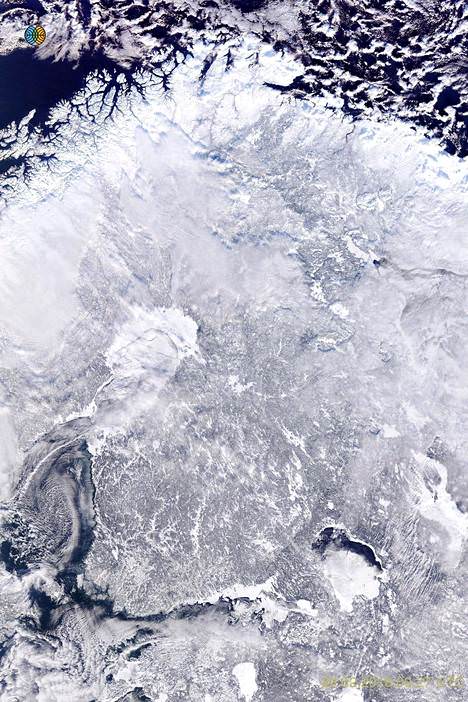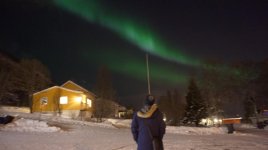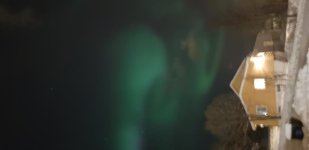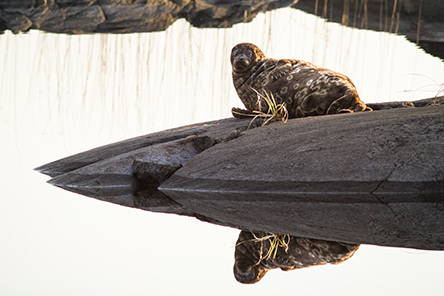Now winter and snow have gone and weather feels like summer again (+26 C yesterday). Time to check what this creature is doing:
The Saimaa Ringed Seals - only in Finland
Live Cam of Saimaa Ringed Seals:
https://luontolive.wwf.fi/norppalive/
Saimaa Ringed Seal, a Persistent Finn
The large-eyed Saimaa Ringed Seal (norppa by Finnish) is one of the world's most endangered and rare seals. This ice-loving seal can only be spotted in Lake Saimaa, where it became isolated from other seals at the end of the Ice Age.
The seal lives in the murky, labyrinthine waters of Lake Saimaa, where its only enemy is humans. Due to human activity, the seal population has decreased heavily during the 20th century. Only because of the persistent conservation measures, around 370–380 seals currently live in Lake Saimaa, but the species is still threatened by extinction. Today, the greatest threats to the seal population are by-catch mortality by fishing, climate change, a small and fragmented population, and disturbances during the breeding season.
The Saimaa Ringed Seal (Pusa hispida saimensis) is one of the few fresh-water seals. Due to the melting of the ice sheet and as the land uplift broke the connection to the Baltic Sea, the Saimaa Ringed Seal became isolated in Finland's largest lake 8,000 years ago. As it adapted to life in the murky waters of the labyrinthine Lake Saimaa, its brain and eyes grew larger than those of its near relatives. The Saimaa Ringed Seal is endemic to Lake Saimaa, and it is not found anywhere else.
The Saimaa Ringed Seal spends most of its life submerged. It can even sleep under water. In May, during the moulting season, seals enjoy lolling on lakeshore rocks and islets drying their fur. The seals usually have their favourite spots, where they can be spotted every spring. If you find a seal lying on a rock, do not approach the animal and scare it. With some luck, you may be able to observe its life for years.
After the moulting season, seals return to the water. In the July warmth, only an occasional seal head popping to the surface is evidence of the existence of this mythical being.
Seals do not Suffer from Decompression sickness
The Saimaa Ringed Seal is a skilled diver and adapted to life in the water. It navigates through the maze of islands and islets in Lake Saimaa with the help of its sight and whiskers, which it uses as sense organs. The seal's hypodermic fat layer functions as excellent insulating material in the water, and the large hind flippers enable quick moves when foraging.
The seal was the first professional fisher in Lake Saimaa. An adult seal eats about 1,000 kilos of fish a year. Its body mass, particularly the amount of fat, varies heavily, depending on the season. The seal is at its fattest in early winter before the lake freezes and at its thinnest in early summer, after the breeding and moulting seasons. When moulting, seals fast for most of the time.
The Saimaa Ringed Seal population is growing slowly. The seals only reach sexual maturity at the age of 4 to 6 years and usually give birth to one pup a year. Due to high mortality in the younger age group, particularly, the life span of a seal is often under ten years. With good luck, a seal may live to be over thirty.
More information:
http://www.nationalparks.fi/saimaa-ringed-seal





